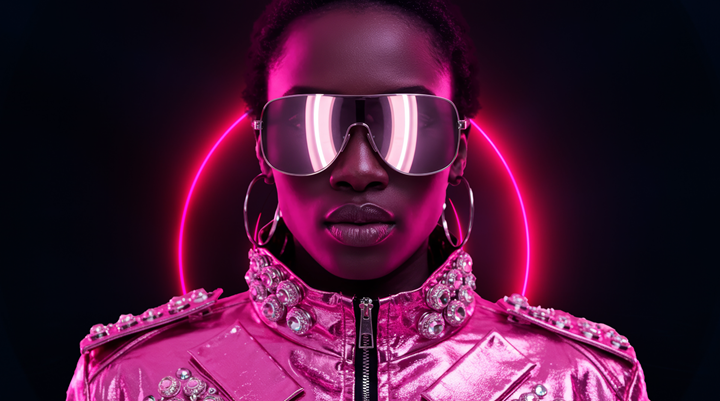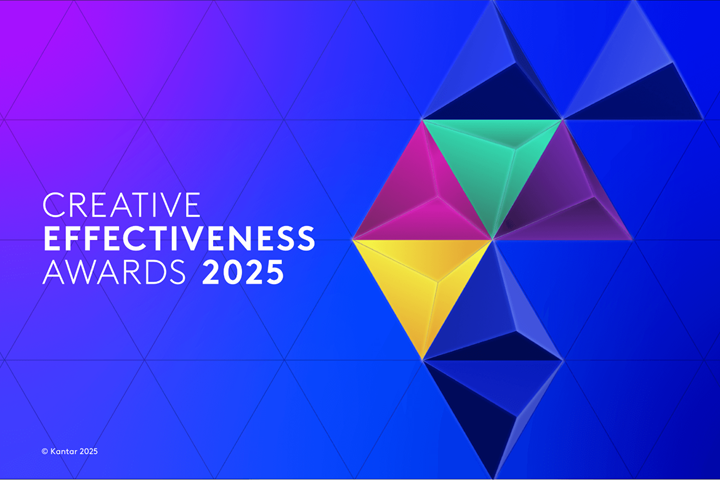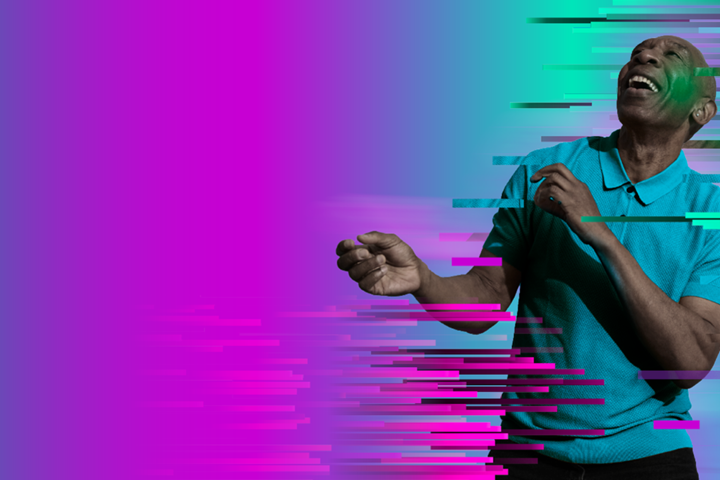ChatGPT’s latest campaign, shot using traditional methods and aimed for TV and out-of-home, has reignited a familiar debate: what role should GenAI really play in advertising? The irony of a leading AI brand choosing not to use AI in its own creative and ignoring digital channels hasn’t gone unnoticed. Many industry voices have pointed out the irony in OpenAI’s decision to hire real directors, cast real actors and shoot the campaign on 35mm film. As Mark Ritson puts it, “It’s like watching a teenager finally admit their parents were right all along.”
Marketers are clearly enthusiastic about GenAI, but how do consumers feel? Kantar’s Media Reactions study from 2024 shows that only 41% of consumers say AI-generated ads bother them, compared to 29% of marketers. This gap tells us that, while marketers appreciate the behind-the-scenes efficiencies, consumers are more sensitive to the visible signs of AI. So, the question remains, can GenAI ads be effective?
Kantar and Affectiva set out to answer this question, combining survey data with cutting-edge facial coding to capture genuine, intuitive reactions from audiences worldwide. We analysed hundreds of ads from Kantar’s LINK database, all of which incorporated GenAI in some way, and explored what are their strengths and potential pitfalls.
Is GenAI's speed coming at the cost of effectiveness?
GenAI doesn’t guarantee success or failure. Ads that involve GenAI, whether visibly or behind the scenes, can land anywhere on the creative effectiveness spectrum.
AI’s role in the creative process can take many forms. In the analysis we distinguish between obvious and not obvious use of GenAI in the final output. A use is considered obvious when the involvement of GenAI is noticeable to the average viewer, not just to industry professionals like art directors. In contrast, non-obvious use refers to cases where GenAI is integrated so seamlessly that its presence goes undetected by the general audience unless explicitly disclosed.
When we examined how these different types of AI use affect ad performance, specifically in terms of branded cut-through, a clear pattern emerged. Ads where GenAI was used more seamlessly performed better, with over 40% landing in the top tier for branded cut-through. In contrast, ads with distracting or unnatural visuals—typically those with more obvious GenAI involvement performed worse. This shows us that AI can help create standout successes, but it can also lead to notable misses. The key isn’t whether you use GenAI, but how you use it.
GenAI does not make or break creative effectiveness

The emotional rollercoaster: Stronger, but not always happier
There has also been growing concern in the industry that, while AI excels at generating polished visuals, it may not be as effective at creating work that truly resonates. There is a fear that GenAI could lead to ads that look slick but lack the emotional spark essential for advertising effectiveness. The short answer our data has given to this is no, GenAI ads don’t necessarily compromise on emotional responses. However, there are nuances.
One of the most striking findings is that GenAI ads evoke stronger emotional reactions than those not using AI. But here’s the catch: it also applies to negative ones. Facial coding data revealed that while people react more, the net positivity is lower. In other words, GenAI ads are more likely to make people feel but not always in a good way.
GenAI ads evoke stronger emotional reactions, but often skew negative

The answer often lies in the 'uncanny valley', that uneasy feeling when something looks almost human, but not quite. AI-generated visuals, especially of people, can be jarring or distracting. While this can be off-putting for the viewer, sometimes it can even show up as positive reaction at first look, such as smiles. If viewers are smiling at your GenAI creative, it is critical to ask whether they should be, or if this is simply a reaction to an AI artefact or jarring representation.
The Pepperoni Hug Spot ad, an early GenAI video for a hypothetical pizza restaurant, is a great example of the ‘uncanny valley’ effect. People reacted with both visible discomfort and smiles at the odd visuals of people eating pizza. These mixed responses highlight the importance of evoking the right emotion. So, make sure people are laughing with your ad, and not at it.
GenAI video for a hypothetical restaurant ‘The Pepperoni Hug Spot ad’- example of the ‘uncanny valley’ effect

AI can make well-branded ads, only if you make it do its homework
Being well-branded is the backbone of an effective ad – which comes with using distinctive brand assets intentionally and putting the brand at the heart of the core idea. Here’s where it gets tricky: AI doesn’t have your brand at heart, unless you put it there. GenAI ads have lower Branding on average, compared to those not using AI. This difference is mainly driven by cases where GenAI’s involvement is obvious. In these ads, visualisation was left mostly to AI, and the AI models used weren’t tailored to the brand’s tone of voice or used its distinctive brand assets.
AI doesn’t have your brand at heart, unless you put it there

Recently, an unofficial ad for Liquid Death, the canned sparkling water brand, became LinkedIn’s watercooler topic. It wasn’t commissioned or endorsed by Liquid Death itself, and was created independently by the agency Too Short for Modelling to showcase Google’s new Veo 3 video model.
The ad uses dark humour to reflect Liquid Death’s punk rock brand, and thanks to GenAI technology, the visuals appear convincingly real, avoiding the usual AI pitfalls such as distorted faces or unnatural movements.
We tested this ad using LINK+, Kantar’s ad testing solution, to see how consumers respond.
Liquid Death’s unofficial ad, created by Too Short for Modelling
Branding isn't only about making your brand or product recognisable while viewers are watching; it also requires ensuring that the brand remains memorable and clearly associated with the ad afterwards. And this doesn’t come from introducing the brand or product early on or later, but from the brand being central to the creative idea and integrated into the most engaging, i.e., most memorable, moments.
The ad introduces Liquid Death quite early on, with very realistic and clear AI-generated product imagery, and from there continues with the story without any brand integration. The creative core is the dark humour scenes that come later on, which is when viewers are most engaged (as seen by second-by-second facial coding results); however, the brand is absent during those moments. As a result, while overall the ad creates a strong emotional reaction, its brand memorability falls in the bottom 25% of all ads Kantar tested.
Brand needs to be well-integrated in the most engaging moments of an ad

Tips for marketers and the road ahead
AI is transforming advertising, but it isn’t changing its core principles. The fundamentals of effective creative - clear strategy rooted in a human insight, emotional connection, and brand consistency - will remain as crucial as ever. As GenAI tools advance, they’ll become faster, more intuitive, and increasingly woven into everyday workflows. The opportunity for marketers is to harness that progress without losing creative control.
Five principles to keep in mind:
• Be in the driver’s seat. Use AI to craft the ads your brand needs to achieve its objectives, don’t use GenAI as a creative shortcut.
• Evoke the right emotions. Make sure your ad is making people feel what you intend, not just reacting to AI oddities.
• Make AI seamless. Make sure GenAI visuals are not a distraction.
• Train AI to be on brand. Infuse it with your brand’s tone of voice and distinctive brand assets.
• Test, test, test. Ensure your GenAI ads are landing as intended.
Get in touch to speak to a Kantar expert and get ‘AI-ready’ for 2026. Whether you are already working with AI or are planning to start soon, we can help you along the journey.









